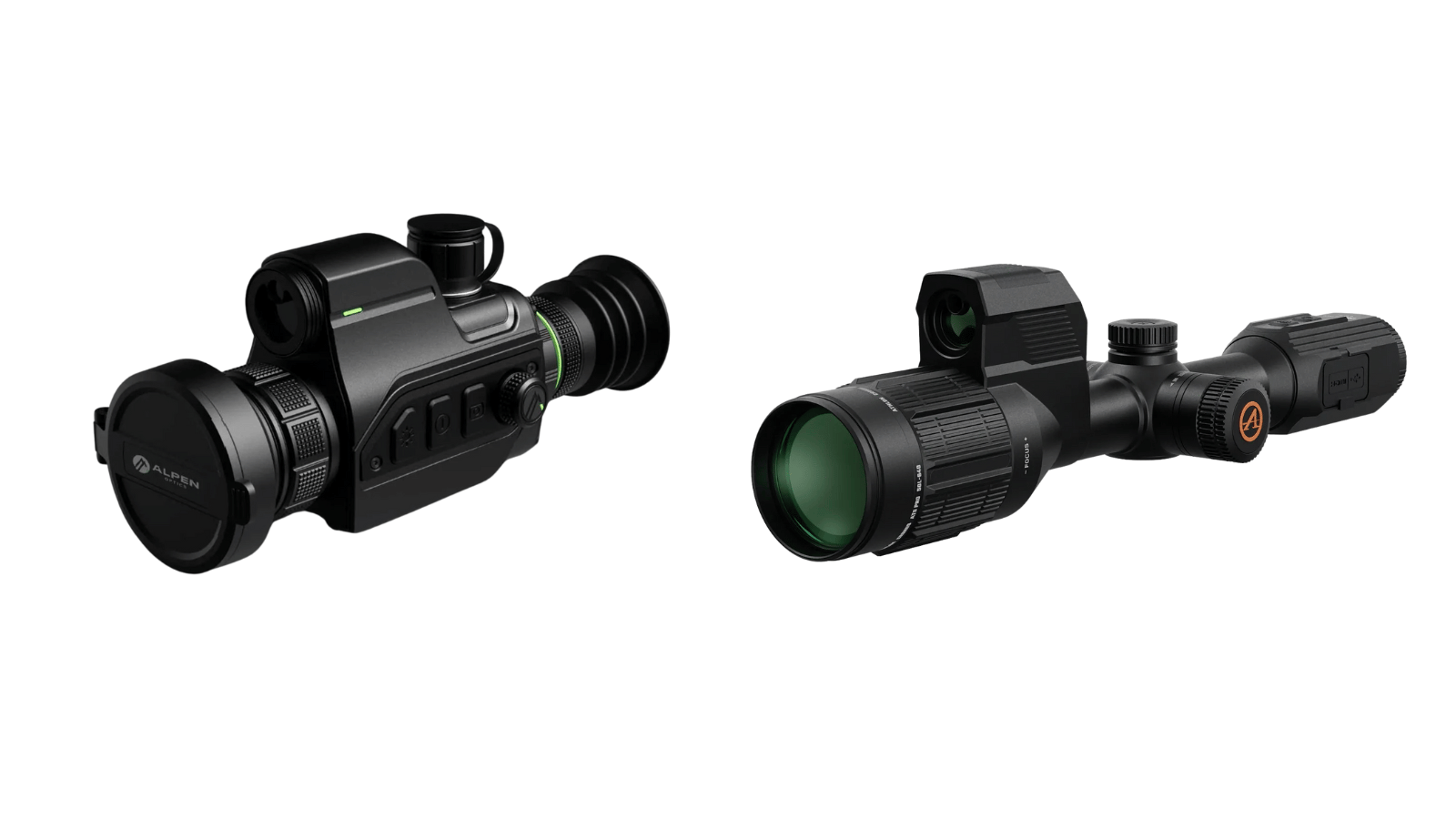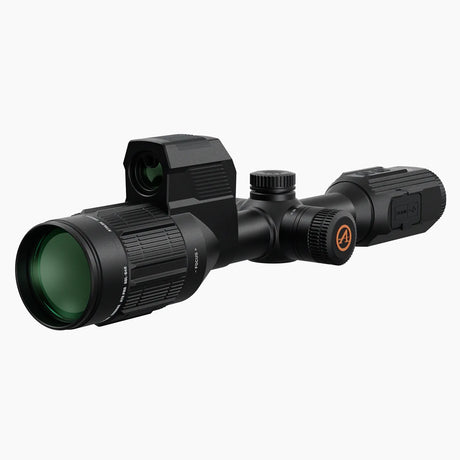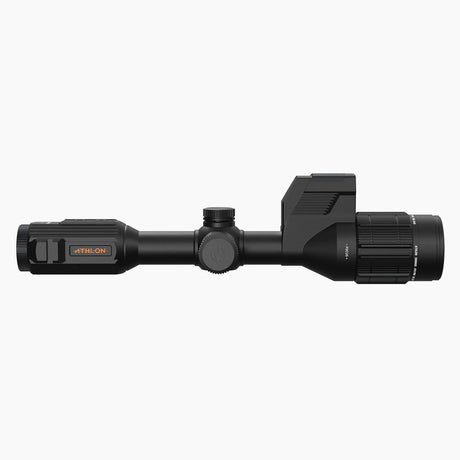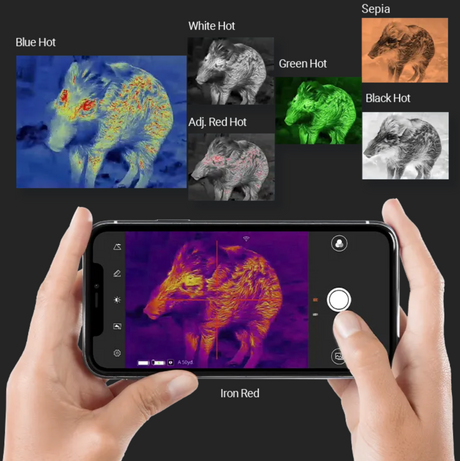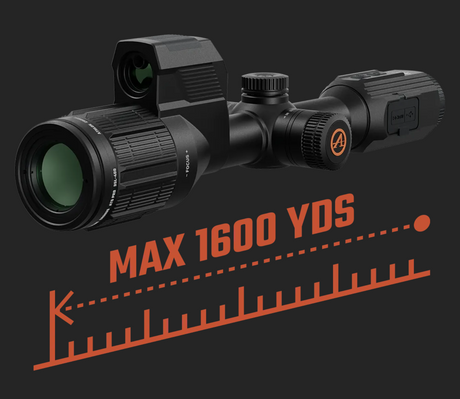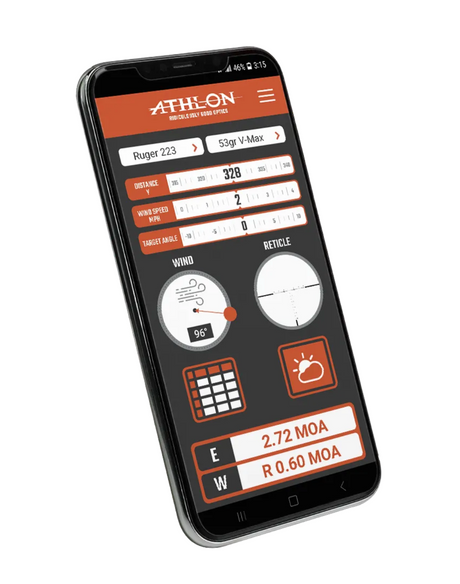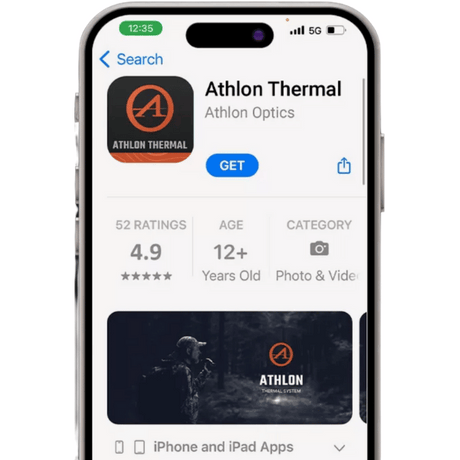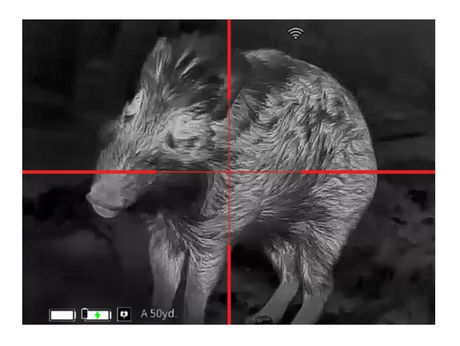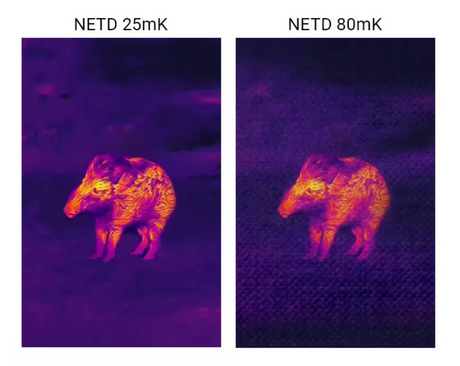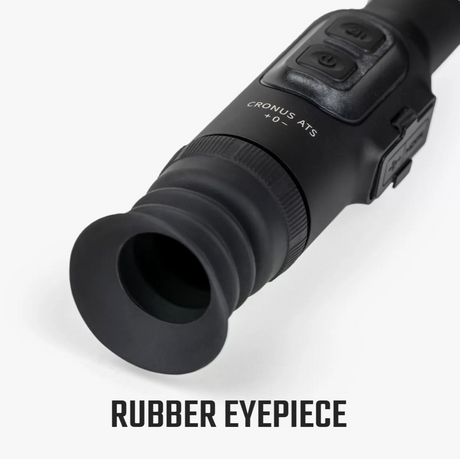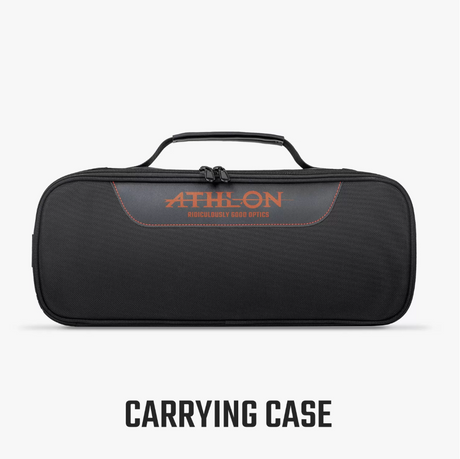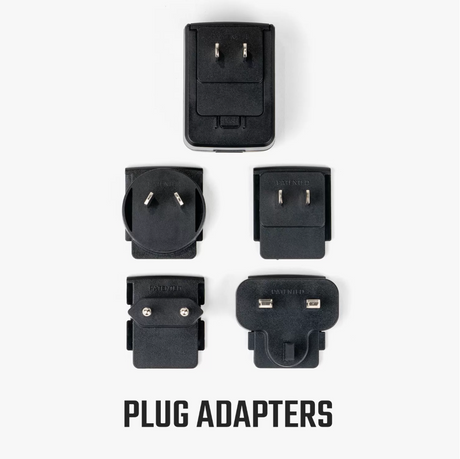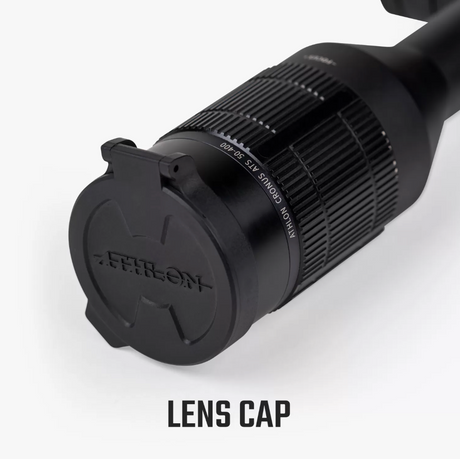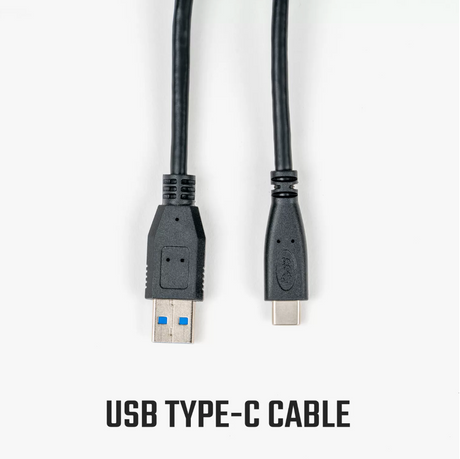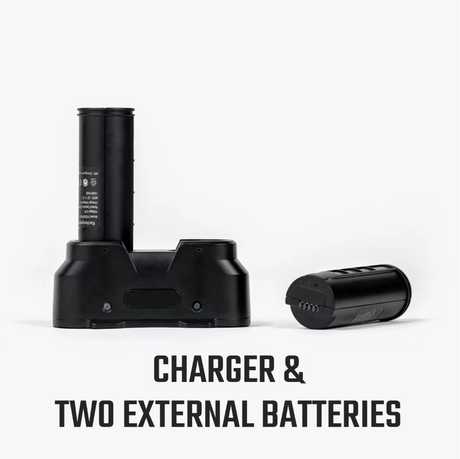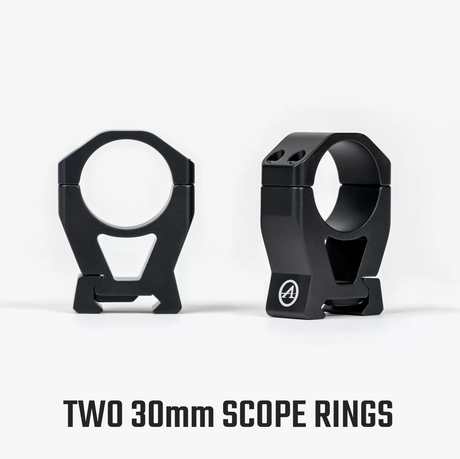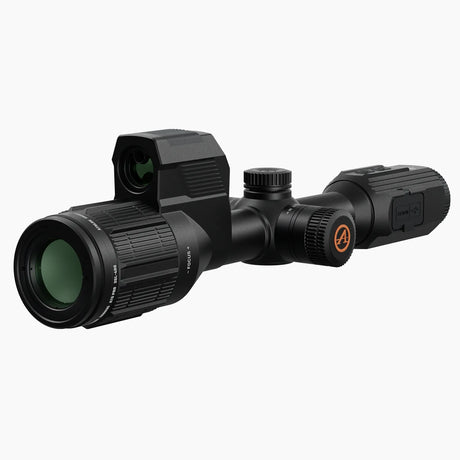It’s a cold, pitch-dark night, and you’ve been tracking a coyote threatening your livestock. You see a heat signature in the brush, but here’s the problem—you don’t know the exact distance. Your best guess? 250 yards. You take the shot… and miss.
Now, the predator is gone, your livestock is still at risk, and you just wasted an expensive round of ammo.
Wouldn’t it be easier if you could see your target and instantly get the exact range without moving an inch? That’s where thermal scopes with built-in laser rangefinders (LRF) come in.
This guide covers:
- How thermal scopes with LRF work and why they’re effective.
- Who benefits most from this technology.
- How they compare to other options.
- Practical, real-world applications that matter to you.
Let’s break it down.
Why More Shooters Are Switching to Thermal Scopes with LRF
1. Spot, Range, and Shoot—All in One Device
Common Problem:
Traditional hunting and shooting setups require multiple tools—a rifle scope, a separate rangefinder, and sometimes a thermal monocular. Fumbling between them means lost time and unnecessary movement that could alert your target.
Why a Thermal Scope with LRF is Better:
-
Instant target acquisition—you see heat signatures in complete darkness.
-
No extra movement—reduces the risk of spooking prey.
- Everything in one device—eliminates the need for extra gear.
Example: A night hunter tracking feral hogs at 200 yards can immediately determine if the target is within an ethical shooting range without taking their eye off the scope. No extra gear. No guesswork.
2. Never Guess Distance Again—Increase Accuracy
Common Problem:
Misjudging distance is one of the biggest reasons for missed shots, wounded animals, or unnecessary ammo waste. A 300-yard miscalculation can mean a bullet drops significantly, missing the target or injuring it instead of a clean takedown.
Why an LRF Matters:
- Instantly calculates the exact distance to target.
- Helps adjust bullet drop compensation and windage.
- Eliminates errors in long-range shooting.
Example:
A precision shooter engaging a steel target at 800 yards uses a thermal scope with LRF to range the exact distance, adjust elevation, and land a first-shot hit. Without it? They’re relying on estimation and experience, which isn’t always reliable.
3. Works in Complete Darkness, Fog, and Adverse Weather
Common Problem:
Traditional scopes and even night vision struggle in bad weather or dense brush. Infrared-based night vision requires some level of light or an IR illuminator, which can give away your position in tactical situations.
How Thermal Scopes Solve This:
-
Works in complete darkness—no light needed.
-
Sees through fog, rain, and brush—heat signatures remain visible.
- Detects anything alive—if it radiates heat, you’ll see it.
Example: A rancher trying to locate coyotes attacking livestock uses a thermal scope to identify predators moving through thick fog. Instead of guessing and scanning with a flashlight, they instantly spot the heat signature and get a precise range reading before taking the shot.
Thermal Scopes with LRF vs. Other Options: A Quick Comparison
| Feature | Traditional Scope | Thermal Scope | Thermal Scope + LRF |
|---|---|---|---|
| Works in Total Darkness | ❌ No | ✅ Yes | ✅ Yes |
| Works in Fog/Rain/Brush | ❌ No | ✅ Yes | ✅ Yes |
| Built-in Rangefinder | ❌ No | ❌ No | ✅ Yes |
| Ideal for Long-Range Shots | ❌ No | 🔹 Yes, but requires manual range estimation | ✅ Yes, precise LRF-assisted shots |
| Price Range ($) | 500 - 2,500 | 2,000 - 4,500 | 3,500 - 7,000 |
Key Takeaway:
If you need consistent accuracy, better target identification, and range estimation in a single device, a thermal scope with LRF is the clear winner.
Who Should Invest in a Thermal Scope with LRF?
✔️ Hunters – Ideal for spotting and ethically taking down nocturnal predators.
✔️ Tactical & Law Enforcement – Enhances target identification in low-visibility environments.
✔️ Ranchers & Property Defenders – Helps detect and eliminate threats to livestock.
✔️ Long-Range Shooters – Reduces range estimation errors for first-round hits.
Who Shouldn’t?
✖️ Casual shooters who don’t hunt at night.
✖️ Those who shoot only in daylight at close range.
Answering Common Concerns
"Are thermal scopes with LRF too expensive?"
They aren't cheap, but consider the value: You’re combining three devices into one—a thermal scope, a rangefinder, and a high-tech optic. Over time, it saves money and increases efficiency.
"Do I need an LRF if I’m only shooting within 200 yards?"
If you hunt in variable terrain where distances change quickly, yes. A built-in LRF makes it easy to adjust for bullet drop and windage, leading to cleaner, more ethical shots.
"Are these scopes hard to use?"
No! Most high-end thermal scopes now feature user-friendly menus, quick-range buttons, and app integration for real-time ballistic calculations.
How to Choose the Best Thermal Scope with LRF
When shopping for a thermal scope with a built-in rangefinder, consider:
1. Resolution Matters for Clarity
- Higher resolution sensors (e.g., 640x480) provide better image quality for long-range identification and complex environments (fog, brush).
- Lower resolution sensors (e.g., 384x288 or 400x300) work well for general hunting but may lack detail at long distances.
- Higher resolution = clearer target details, but at a higher cost.
Key Takeaway: If target identification (not just detection) at long range is critical, go for 640x480. Otherwise, 384x288 is a good balance between cost and performance for general hunting.
2. Detection vs. Recognition Range
- Detection: How far the sensor picks up heat (1500+ yards on high-end models).
- Recognition: How far you can ID a target clearly (typically 300–600 yards on mid-range scopes and 800+ yards on high-end models).
Key Takeaway: If you only need to know something is there, detection range is enough. But for positive target identification (legal hunting, tactical use, etc.), recognition range is key.
3. Refresh Rate & Battery Life
- Lower refresh rates (30Hz or 40Hz) can feel “choppy” when tracking fast-moving targets, though they work fine for stationary shooting.
- Higher refresh rats (50Hz or higher) ensures smooth tracking of moving targets.
- Battery life depends on the scope model, display brightness, and external battery options. Some premium thermal scopes offer 10+ hours, while others last only 3–5 hours per charge.
Key Takeaway: 50Hz refresh rate or higher is best for fast-moving targets, but battery life varies widely by model—check for removable or rechargeable battery options for extended use.
Final Verdict: Is It Worth It?
If you take hunting, long-range shooting, or tactical operations seriously, investing in a thermal scope with LRF is an absolute game-changer. It:
-
Eliminates range guesswork for perfect shot placement.
-
Works in any lighting condition, even through fog and brush.
- Increases accuracy and efficiency, reducing missed shots and wasted ammo.
Looking for a high-quality thermal scope with a built-in rangefinder?
Check out some top picks below.

